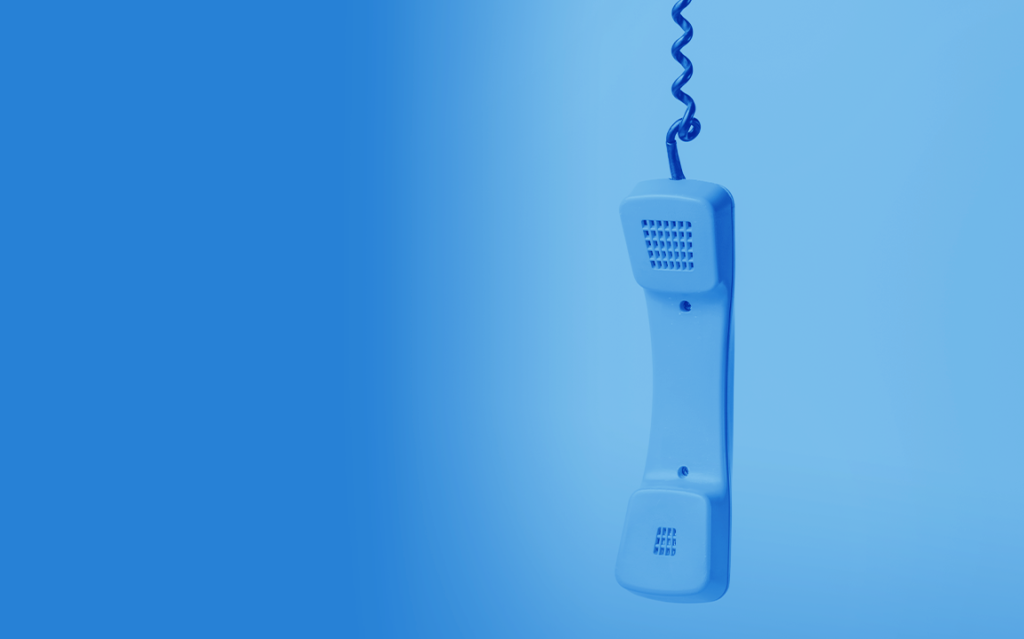Is the SDR Model Truly Dead? Industry Experts Weigh In

One of the first questions we posed was whether or not the SDR role is the best foundation for a future in outbound sales. Although there are other paths to becoming an account executive (AE), the panel was largely in agreement that starting as an SDR is a valuable experience.
“Talk to any great AE and they’ll tell you their sales foundation started in that role,” says Nick Casale, Director of Sales at Sendoso. The best way to scale your company is to promote within, rather than hiring and training from the outside.
Starting as a sales development representative also allows a risk-free way to learn the in’s and out’s of outbound sales. Nick points out all the small things that are learned on the job (how to word an email, navigate Salesforce, etc.), that SDRs are able to learn in a relatively low-risk environment.
Whereas hiring an outside AE is a much higher risk–if they don’t grasp those concepts immediately, they could lose the deal.
Michael Hanson, CEO of Growth Genie, also weighs in: “We see that in our clients a lot. Their best AEs come from the SDR position, and they struggle when they hire outside AEs.” He recommends all SDRs attend at least 50% of the meetings they book for their AEs, in order to learn more about closing and put them on that path to promotion.
The skills an SDR learns in those early stages are also crucial to success as an AE; for example, building resilience and a proactive attitude. The panel agreed that a certain percentage of an AE’s pipeline should be self-sourced, which means a good AE needs the prospecting skills of an SDR.
Tito Bohrt, CEO of AltiSales, points out that although being an SDR can lead to becoming an AE, that’s not the only path available. “It’s also a fair start to becoming a customer success or marketing manager. It’s a great starting point for joining your company and becoming a high-value role.”
Does the SDR model work for early-stage companies?
According to these industry experts, the answer is: it depends. A few different formulas and theories were suggested, but the most important takeaway is to know your numbers.
“It becomes a question of what your cost model is on the SDR side,” Nick says, including whether you want to build a specialized SDR team or go low-cost. Work backward to determine your expected ROI for outbound sales, and determine whether or not you can justify the expense.
Tito suggests a different method of looking at the average deal size, and not building a sales development team until you reach at least $30-50k deals. This will allow you to support your SDRs with proper management, tools, and training.
As an alternative to a full sales development team, Michael suggests hiring a full cycle sales rep who can generate their own leads and close deals. The biggest goal in these early stages is to get your name out there and increase visibility, whether that means using an SDR or another type of sales rep.
The SDR system is essential to scaling
“In order to grow, you need pipeline, and that means you need SDRs,” Nick says. Tito recommends scaling the rest of your outbound sales team at the same time, bringing on SDR managers, sales enablement managers, and AEs.
Marketing may draw inbound leads, but these are often unqualified and smaller deal sizes. With outbound sales, you can choose who you want to target and guide them along each stage of the buyer’s journey. This often leads to bigger deals and a greater ROI. “It’s better to do bad outbound than to do nothing at all,” Michael says, “because you learn from it.”
Common problems with the SDR model and how to overcome them
Although we’ve seen the benefits of building an outbound sales team, that doesn’t mean the SDR model is flawless. There are a few common traps sales leaders fall into–thankfully most can be avoided.
Friction in the buying process
“One of the ways the model is broken,” Michael says, “is the SDR and AE interrogate the buyer twice with the same discovery questions.” This is easily eliminated by better communication between SDRs and AEs, another reason why Michael recommends SDRs sit in on the meetings they book.
For more advice on navigating the SDR to AE handoff, check out this blog post on the best practices.
Focusing on quantity over quality
“The real end goal [of outbound sales] is to get the attention of the right people,” Tito says. And the best way to do that is to approach them on a more human level.
“The role of the SDR is becoming more and more to fill in the space between automation,” Nick adds. But a small touch of humanity can go a long way–sending a personalized note, calling instead of emailing, showing genuine curiosity.
With more and more companies hiding behind emails and LinkedIn, picking up the phone allows for a more interactive conversation. Calling has become a stand-out method, rather than the norm.
Not using the proper tools
Our panel advised all outbound sales leaders to make use of the tools available to them. Automate all of your internal processes to eliminate back-and-forth communication, and record every call to make it easily accessible. Recorded calls also make great training for new SDRs.
When does an SDR model not make sense?
First, review the data. Look at where your leads are coming from (outbound sales, product demand, inbound/website, etc.), calculate your average deal size, and run the numbers. If the math doesn’t add up, it may be better to rely on an AE than SDRs.
Our panel cautioned against relying solely on product-led growth. The fact is, outbound sales are necessary to grow, even for companies like Slack and Asana, whose initial growth came from word-of-mouth.
What about the idea that people don’t want to be sold to?
There’s a common misconception that modern buyers hate being sold to. In reality, the issue isn’t so much with sales as it is with the way they’re being sold to. Use the strategies above for personalization and human connection, and most buyers won’t have an issue.
Another misblief is that buyers prefer to initiate the sales conversation themselves, either by reaching out through a company’s website or requesting a demo. While that may be the case for some, others may be overwhelmed by the sheer amount of information out there–and in many cases, they won’t know your company exists until a rep reaches out. A great SDR can cut through the noise and initiate those conversations.
Final thoughts on the SDR model
Although it may be evolving, the SDR model is far from dead. In fact, investing in outbound sales remains one of the best ways to scale. SDRs provide a valuable skill set, make it easier to hire internally and bring qualified leads into your pipeline.
If you’re interested in building your outbound sales pipeline, click here to read about our Outsourced SDR Pods or view our Coaching and Consulting Services.
Throughout 2021, we had the fortune of interviewing 50+ sales development experts on the Predictable Revenue Podcast.
These pages are packed full of insightful advice, actionable tips, and thought-provoking interviews with some of the world’s foremost sales experts.
